Echocardiogram
Echocardiography or an echocardiogram are the terms used to define an ultrasound examination of your heart. It is a non-invasive test where high-frequency soundwaves are used to create a moving picture of your heart.
Procedure
A fully qualified and accredited Sonographer will perform the test. A device (transducer) a little like a microphone will be placed on your chest. This transmits and receives the soundwaves and transmits them back into the machine to allow the pictures to be formed.
The transducer will be moved to different positions on your chest to allow the Sonographer to examine the heart from different angles and directions. These soundwave pictures will allow us to assess the function of your heart muscle, the function of your cardiac valves and assess the blood flow within the heart itself.
What to Expect
You will be taken into a darkened room by the Sonographer. The darkness is to allow easy visualisation of the echo machine TV screen during the test. You will need to be bare chested for the examination and lie on a specially designed table. ECG electrodes will be attached so the heart’s electrical activity can be monitored through the procedure. You will generally be examined on your side but some of the examination will be done with you lying on your back.
The transducer or probe will be placed on your chest and used to take the pictures. Contact with the skin is enhanced by using ultrasonographic jelly. This often feels a little cold. The probe will be placed firmly against your chest and sometimes this can be uncomfortable. Images will be taken from a number of different positions including at the left side of the sternum, at the apex of the heart under the left breast, in the upper abdomen and sometimes from the neck region. You may hear loud noises during the procedure which represent ultrasonic signals of blood flowing through your heart. This is quite a normal thing to experience. The procedure will take approximately 40 minutes but this may vary depending on the clinical findings and the ease of obtaining the pictures.




 Referrals & Patient Enquiries:
Referrals & Patient Enquiries: 


